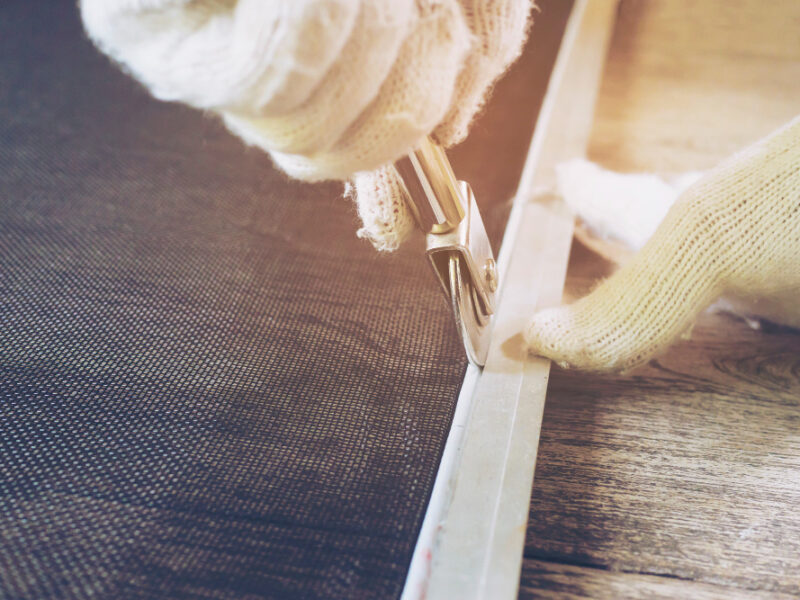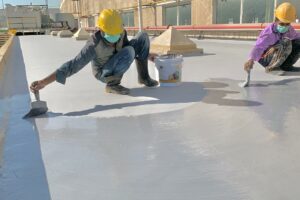There’s no doubt that technological advances have made our lives better in a variety of ways. But when it comes to mechanical engineering, certain advances require us to consider their pros and cons before deciding. Two specific mechanisms—CAM and Follower—are some of the most popular forms of technology being used in robotics and automation today, so let’s take a closer look at them.
Today we’re comparing the pros and cons of CAM and Follower Mechanisms. As we do so, we’ll ask key questions like: What are the main differences between CAM and Follower Mechanisms? What tasks are best suited for each mechanism? And which one is most reliable in different applications? This article aims to answer these questions by providing an in-depth look at both agencies.
Advantages of CAM and Follower Mechanisms
CAM and Follower Mechanisms is a fast and efficient way to provide precise movements in manufacturing processes. Not difficult to set up and needing only minimal attention, they are more affordable than other machines and are not difficult to set up, and need only minimal attention. Minor operations are significant because they’re precise and only take up a little space.
Disadvantages of CAM and Follower Mechanisms
Now, let’s look at the disadvantages of CAM and Follower Mechanisms.
- Maintenance is Required
- Accuracy is Limited
- Less Variable Motion
Design Considerations for a CAM and Follower Mechanism
Regarding CAM and follower mechanism designs, the Below provided vital considerations must be remembered.
- The Shape And Size Of The CAM
- Force Applied By The Follower
- Motion Requirements For The System
Applications of a CAM and Follower Mechanism
You might be wondering what a CAM and Follower Mechanism is helpful for. Let’s look at some of the most common applications of this mechanism.
- Fast Movement
- Variable Forces or Speed
- Complex Pressing Cycle
Troubleshooting Tips for a Malfunctioning CAM and Follower Mechanism
If something goes wrong with your CAM and Follower mechanism, don’t worry—you can use several troubleshooting techniques to help get it back up and running. Here are some tips:
- Check the alignment
- Inspect the parts
- Check the lubrication
These simple yet effective troubleshooting techniques should help you diagnose any issues you may have with your CAM and Follower mechanism so that you can get it running smoothly again in no time!
Conclusion
In conclusion, CAM and Follower mechanisms have their advantages and disadvantages. No need to fuss with a lot of maintenance and setup. These machines are great when you need something accurate and light – making them unique! However, they also have limitations in terms of accuracy and variable motion. When designing a CAM and Follower system, one must consider the size and shape of the CAM, the force applied by the Follower, and the motion required of the system. CAM and Follower mechanisms are commonly used in applications where fast movement, variable points or speed, and complex, pressing cycles are needed. If issues arise with the agency, troubleshooting techniques such as checking for proper alignment, inspecting the parts, and ensuring adequate lubrication can help diagnose and resolve the problem. Overall, understanding the pros and cons of CAM and Follower mechanisms can help make an informed decision when selecting the best technology for a specific application.






















